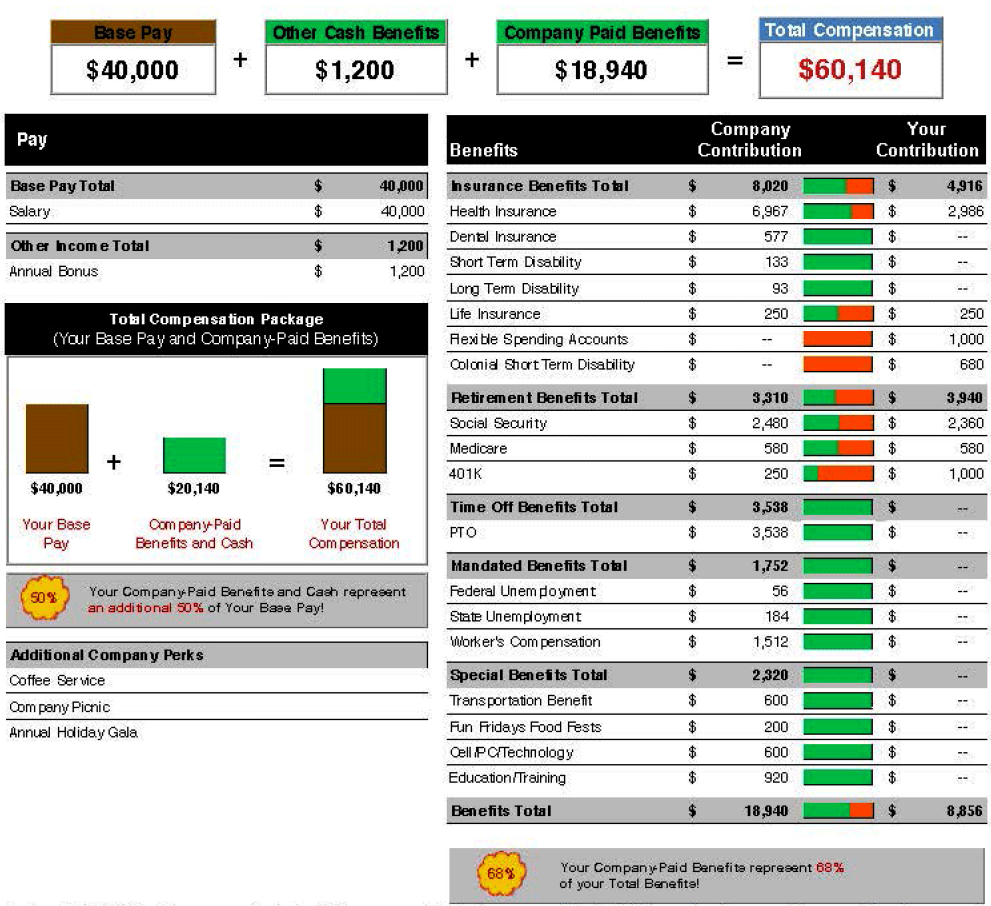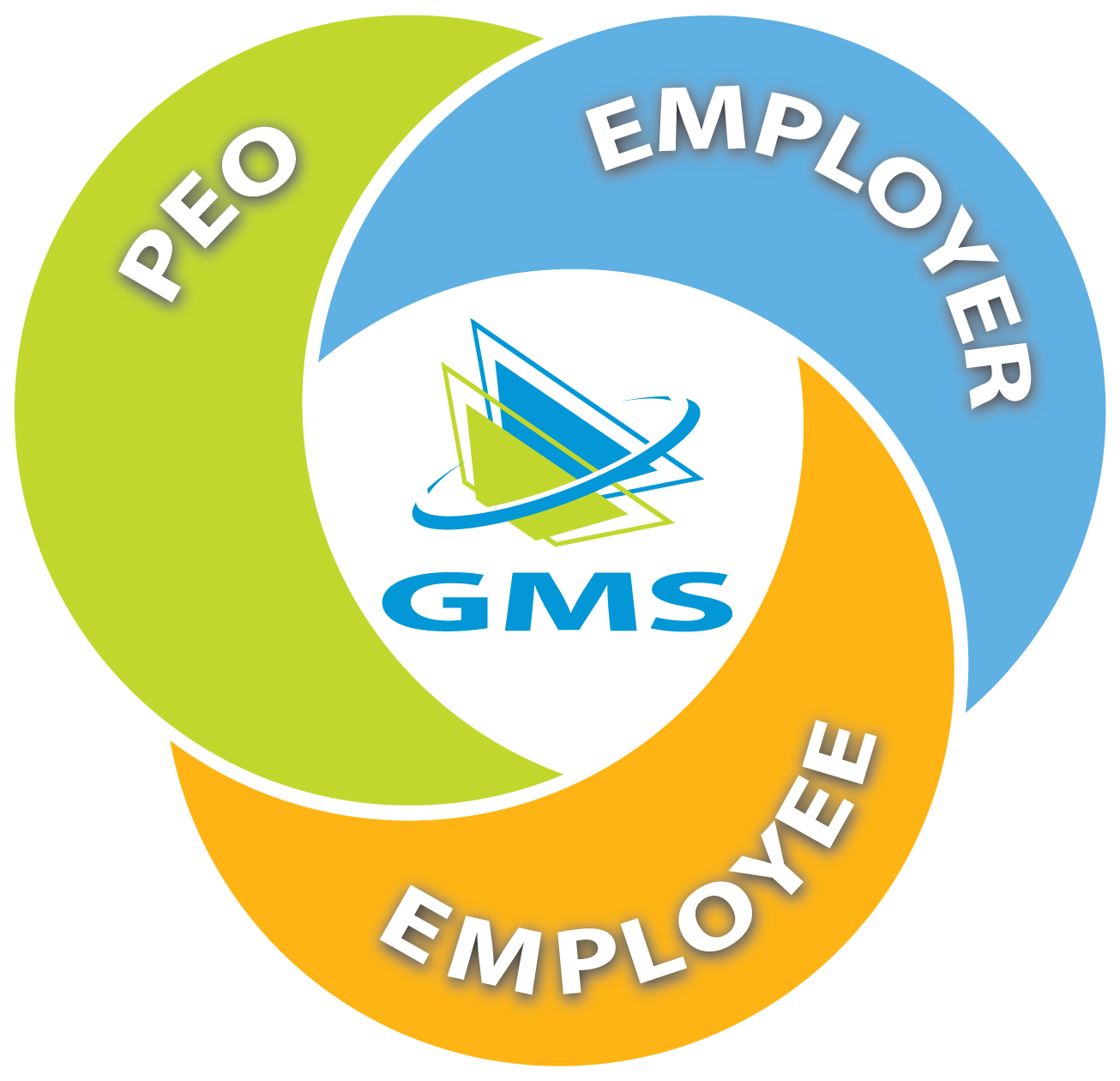According to a Wells Fargo study, 37% of people expect to work until they die. That’s an alarming number, but one that you can use to your advantage.
Most people would rather spend their later years comfortably enjoying their retirement, so by offering a quality 401k plan, you give your business a step up in attracting and retaining quality employees.
Avoid Financial Confusion: Educate Your Group
Before we give you the key elements to a great 401k plan, it’s worth taking a moment to remind you that financial choices can be intimidating and confusing for many employees. One way you can help is by making an effort to ensure employees are educated about their choices. These resources will help make sure everyone is on the same page.

What is a 401(k) Plan? [Infographic]
Guide to your 401(k): Everything you need to know about 401(k)s.

A handy guide from CNN Money that shares:
- Top things to know about 401(k)s
- The virtues of a 401(k)
- How to invest in a 401(k)
- Early withdrawals and loans
- Rollovers
- Taking distributions in retirement
7 Things Employees are Looking for in a Good 401(k) Plan
1. Generous Employer Match
2. “Day One” Eligibility
3. Immediate Vesting Schedule
The best plans offer immediate vesting of employer contributions, according to the Bureau of Labor Statistics only 22% of employers offer immediate full vesting. Nearly half of those use a graded vesting schedule in which the employees’ right to company contributions increases gradually (say, 20% per year) until they are fully vested.
4. Low, Transparent Plan Fees
Administrative fees cover record keeping, accounting, legal services, marketing and investor education services. Typically employees will see these fees in a hard dollar amount on their statement.
5. Investment Options-But Not Too Many
Select only a handful of solid investment options. This can include individual mutual funds, asset allocation funds, and target-date funds, many of which automatically become more conservative as the employees approach retirement.
6. Automatic Enrollment & Raises
91% of plans offer automatic enrollment to new employees, unless they opt out, which helped boost participation rates in 401(k) plans nationwide. Especially among younger workers who may not feel an urgency to contribute.
7. Give Employees Access to Expert Financial Resources
Many employees have limited investment knowledge, so employers have significantly increased the availability of outside investment advisory services. Three out of four plan sponsors now offer access to such services, the most popular being one-on-one financial counseling (59%), online guidance (55%), managed accounts (52%) and online advice (46%) according to a survey from PlanSponsor.com.
What else do you look for when considering the 401k plan you’d like to offer your employees? Let us know your thoughts in the comments below.






